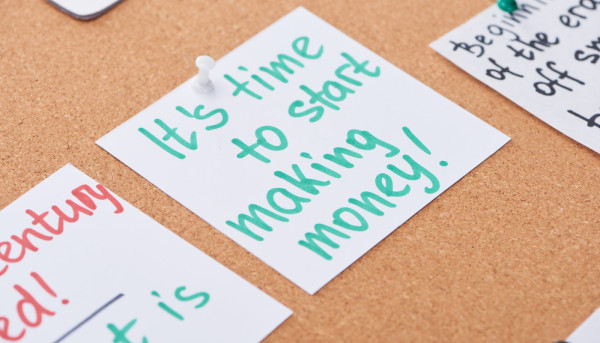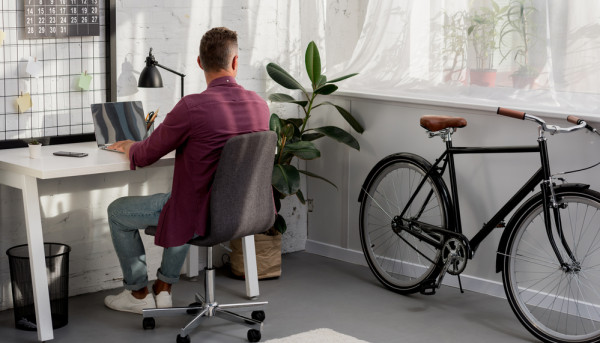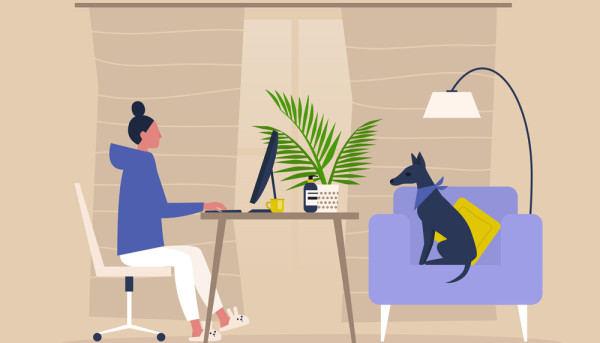Upcycling Furniture - From Trash to Treasure
Upcycling furniture is an excellent way to both revitalize old pieces while cutting costs, reduce waste and satisfy creative urges.
Preparation is key when upcycling furniture. Make sure you have sufficient working space, tools, and a damp cloth handy to wipe down furniture thoroughly to remove dust or cobwebs before beginning upcycling projects.
Creating Furniture from Waste Materials
Repurposing furniture is an excellent way to demonstrate your DIY skills while saving money and the environment. Not only is upcycling good for our pocketbooks, it creates unique pieces no one else owns!
Find suitable furniture pieces to upcycle, such as an old dresser or table, to upcycle. An ideal piece should be free from rust, water damage and structural defects; charity shops or car boot sales may be good places to source this kind of item.
Once you have selected an ideal piece, the fun can begin! Repainting, decoupaging and adding decorative moulding are popular ways of upcycling furniture; furthermore they're all relatively affordable, easy and fun activities to try!
Upcycling Furniture as a Hobby
Upcycling furniture is an enjoyable hobby that allows you to express your creativity while creating one-of-a-kind pieces for the home. Not only is upcycling an eco-friendly option by reducing waste and curbing production of new items, it also saves money without compromising the quality of home furnishings.
Upcycling requires seeing potential in items that would otherwise be discarded, like an armchair that has become discoloured over time. You could transform this piece of furniture into an inviting dog bed or use it to create an eye-catching coffee table! To get started with upcycling projects successfully, find suitable pieces and ensure you have all necessary materials on hand before beginning work on any given piece.
Thrift stores and online marketplaces can be great sources for secondhand pieces that you can transform, such as tables, cabinets and shelving units made out of reclaimed wood. Utilizing upcycled materials also reduces waste production as it eliminates the need to mine new raw materials for crafting projects.
Upcycling Furniture as a Side Hustle
Are you passionate about DIY and want to turn your creative vision into an income stream? Consider opening your own furniture upcycling business. This practice has gained increasing attention among eco-minded shoppers who seek unique pieces.
Start off by finding affordable or free items to work with, such as thrift shops, garage sales, auctions, Craigslist or Facebook Marketplace. Inquire among family and friends as to if any have anything lying around that needs refreshing.
After you have sanded, patched and primed an item, it's time to paint! Use high-quality paint with durable finishes so your furniture stands the test of time. After painting is complete, stage for beautiful photos before listing online platforms like Facebook Marketplace to generate revenue - with some hard work and dedication, launching a successful furniture upcycling business can become lucrative source of additional income.
Upcycling Furniture as a Business
Upcycling furniture - whether it be an old armchair or desk that could use some new life - has long been seen as an environmentally friendly practice; environmentalists applaud its work since it helps reduce landfill waste. Furniture upcycling industry representatives praise this industry, which falls within Furniture Repair and Reupholstery (FR&R).
Upcycled pieces offer stylishly unique and artisanal designs while saving on production costs - ultimately leading to lower consumer and business prices.
To launch your own furniture upcycling business, it is necessary to invest in various materials and tools as well as conduct market research to understand consumer trends and demand. Furthermore, knowing how to price your work for maximum profit requires understanding materials costs as well as hourly labor rates; in addition it is crucial that you create a marketing plan and network with local furniture stores and interior designers in order to sell your creations.










